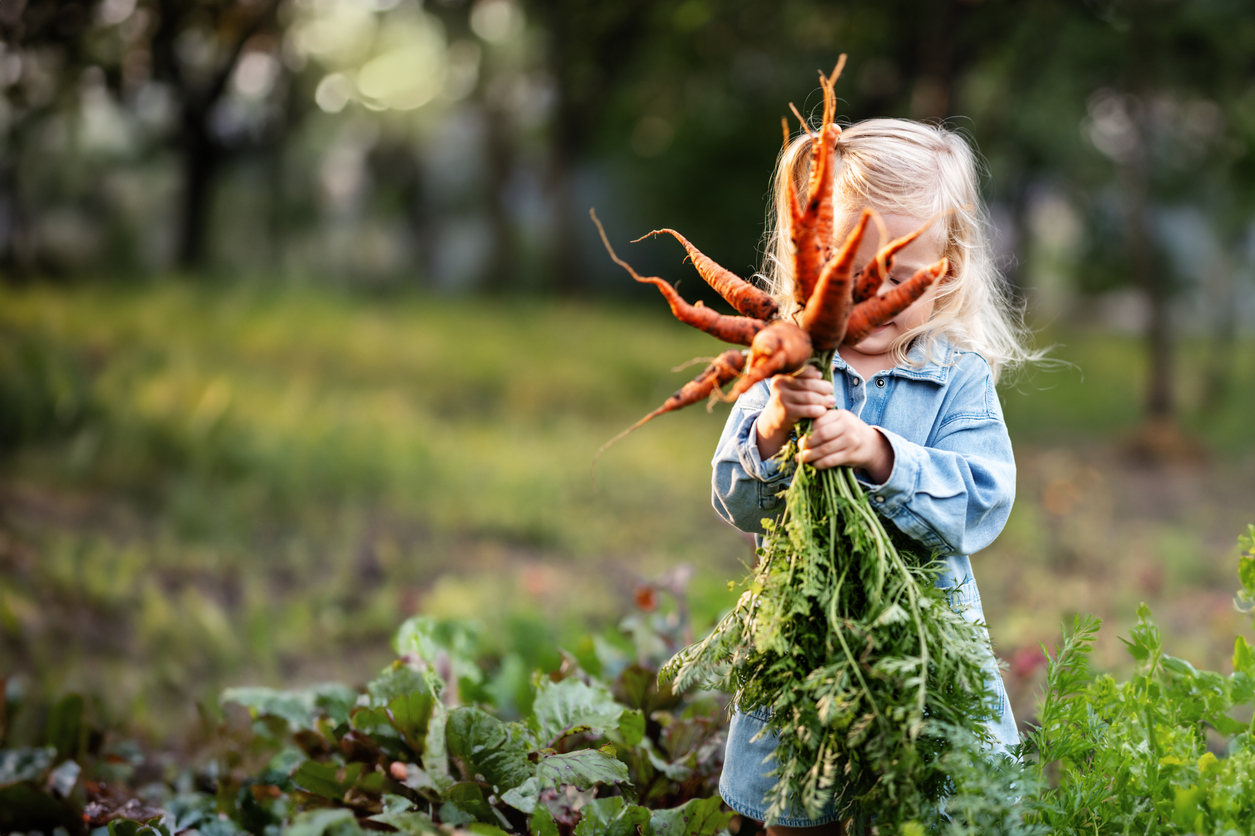Raising Capable, Grounded Kids: How Our Nature-Based Homeschool Includes Chores, Business, and Real-Life Learning

In a world that moves fast and often feels disconnected from what matters, our family has chosen a slower, more intentional pace. Through our nature-based homeschool, every day becomes a chance to turn real-life experiences into rich learning moments—from tending the garden to helping out at the farmers market.
We call it “growing up with purpose.”
What may seem like simple chores—feeding chickens, picking chamomile, labeling jars—are actually deeply formative moments that foster independence, emotional resilience, and real-world confidence.
The Science of Everday Learning
Research shows that giving children age-appropriate responsibilities supports long-term emotional and cognitive development.
A 20-year longitudinal study by the University of Minnesota found that children who started chores at ages 3–4 were more likely to become well-adjusted, successful adults (Rossmann, 2002). Chores instill a sense of responsibility and purpose, making children feel like valued members of their family or community.
According to Harvard’s Center on the Developing Child, hands-on tasks help develop executive functions like planning, memory, emotional regulation, and resilience (Center on the Developing Child, 2011).
In short: Kids learn best by doing.
Nature as a Classroom
Our nature-based homeschool curriculum is rooted in real life—and real dirt.
While we love The Good and the Beautiful homeschool curriculum and try to get learning and reading time in several times a week, we focus much more on hands-on learning.
- Pulling weeds to make room for new growth
- Gently plucking chamomile under the morning sun
- Watching an onion bulb become dinner
- Packing soap orders and practicing kindness with customers
These aren’t just chores. They’re lessons in patience, responsibility, gratitude, and connection. While there’s still plenty of time for traditional schoolwork and free play, the most lasting lessons come from hands-on experience.
A Healing Lifestyle for Our Son
This nature-based homeschool lifestyle has been especially powerful for our son, who lives with autism and Down syndrome. Traditional classrooms can be overstimulating—but out here, he flourishes.
Whether he’s gathering eggs or stamping soap, these familiar, repetitive tasks offer:
- A calming routine
- Sensory integration
- Language and fine motor development
- A growing sense of independence
- Inclusion and purpose
Our family business has become more than work—it’s a place of belonging. A place where every contribution, no matter how small, is meaningful.
Raising a Creative, Confident Daughter
For our daughter, this lifestyle is a launchpad for creativity, self-expression, and problem-solving.
She mixes herbs and fruits from our garden into imaginative lemonades—raspberry-basil, blueberry-mint—not because she’s told to, but because her imagination is alive. Her time spent climbing trees, planting flower beds, and creating teaches her to:
- Follow curiosity
- Trust her instincts
- Think independently
- Believe in the value of her ideas
This is child-led learning at its finest. She isn’t just “helping”—she’s building belief in her own voice and capability.
How You Can Apply This- Even Without Homeschooling
You don’t need a garden or a homeschool setup to give your kids this kind of purposeful connection.
Here are a few ways to nurture independence and confidence at home:
- Let them help make meals or write grocery lists
- Include them in errands, gardening, or home repairs
- Teach them to grow something, even in a pot on the windowsill
- Give them small daily responsibilities like feeding pets or setting the table
It’s not about perfection. It’s about inviting your child to be needed, trusted, and capable.
Growing Roots, Together
By involving our kids in the day-to-day rhythm of our life and work, we’re not just teaching skills—we’re planting seeds.
They learn to care for living things, speak kindly, respect the seasons, and take pride in what they help create. From garden to market, they see the full cycle of effort and reward.
Sure, it’s messy. It takes longer.
But it’s deeply meaningful.
And like our chamomile, our children are blooming—nurtured by sun, soil, intention, and love.
References:
- Rossmann, M. M. (2002). Chores at Home: Learning Responsibility. University of Minnesota.
- Center on the Developing Child. (2011). Building the Brain’s “Air Traffic Control” System. Harvard University.
